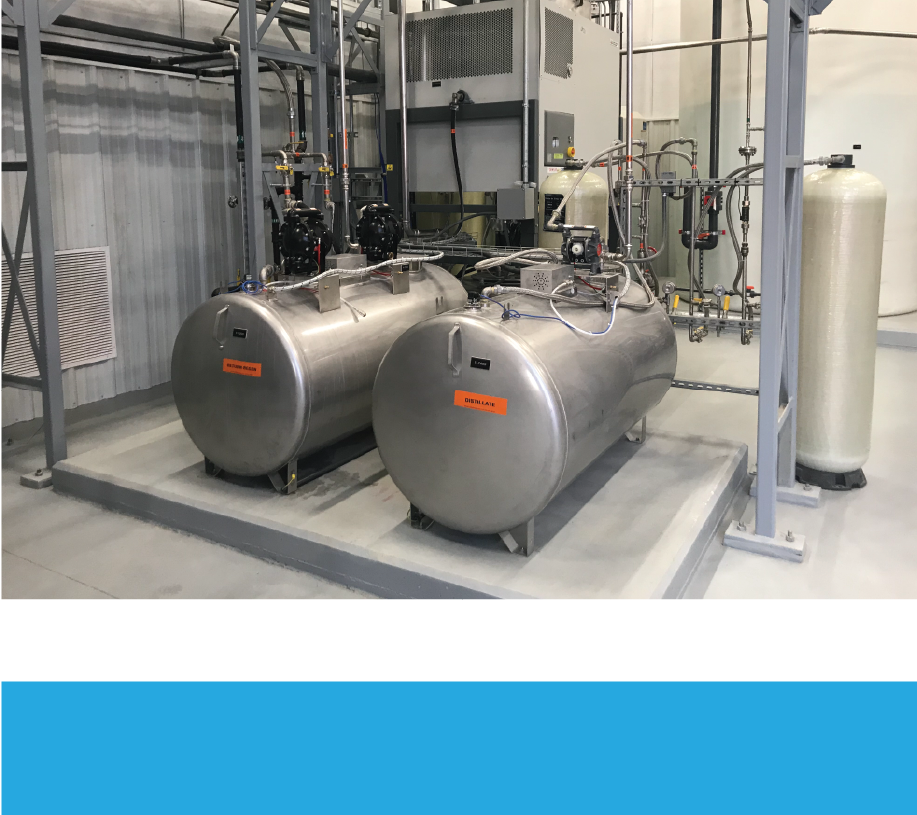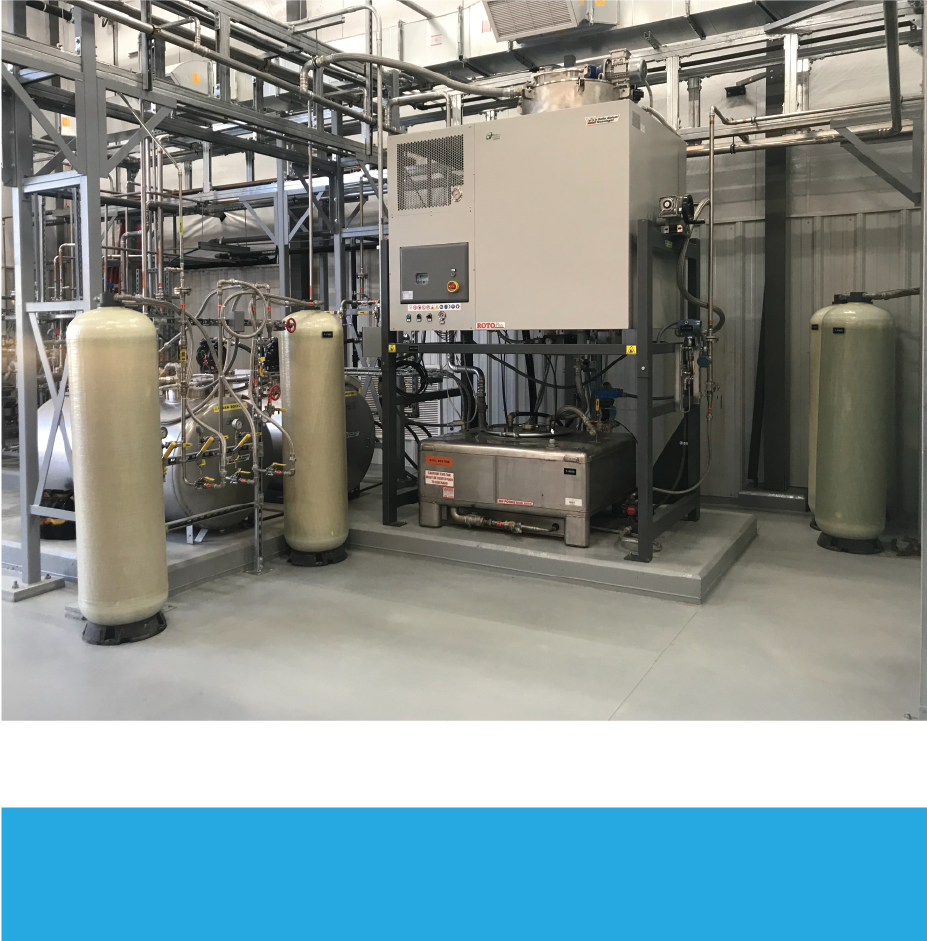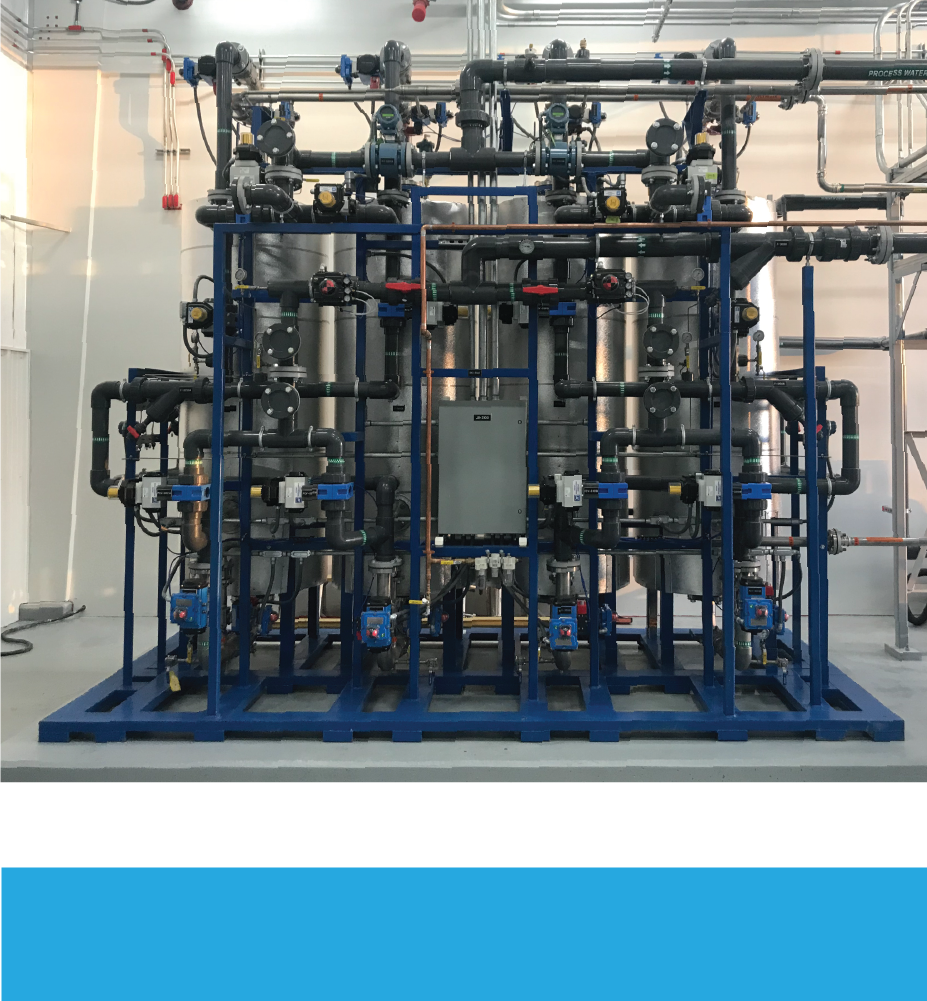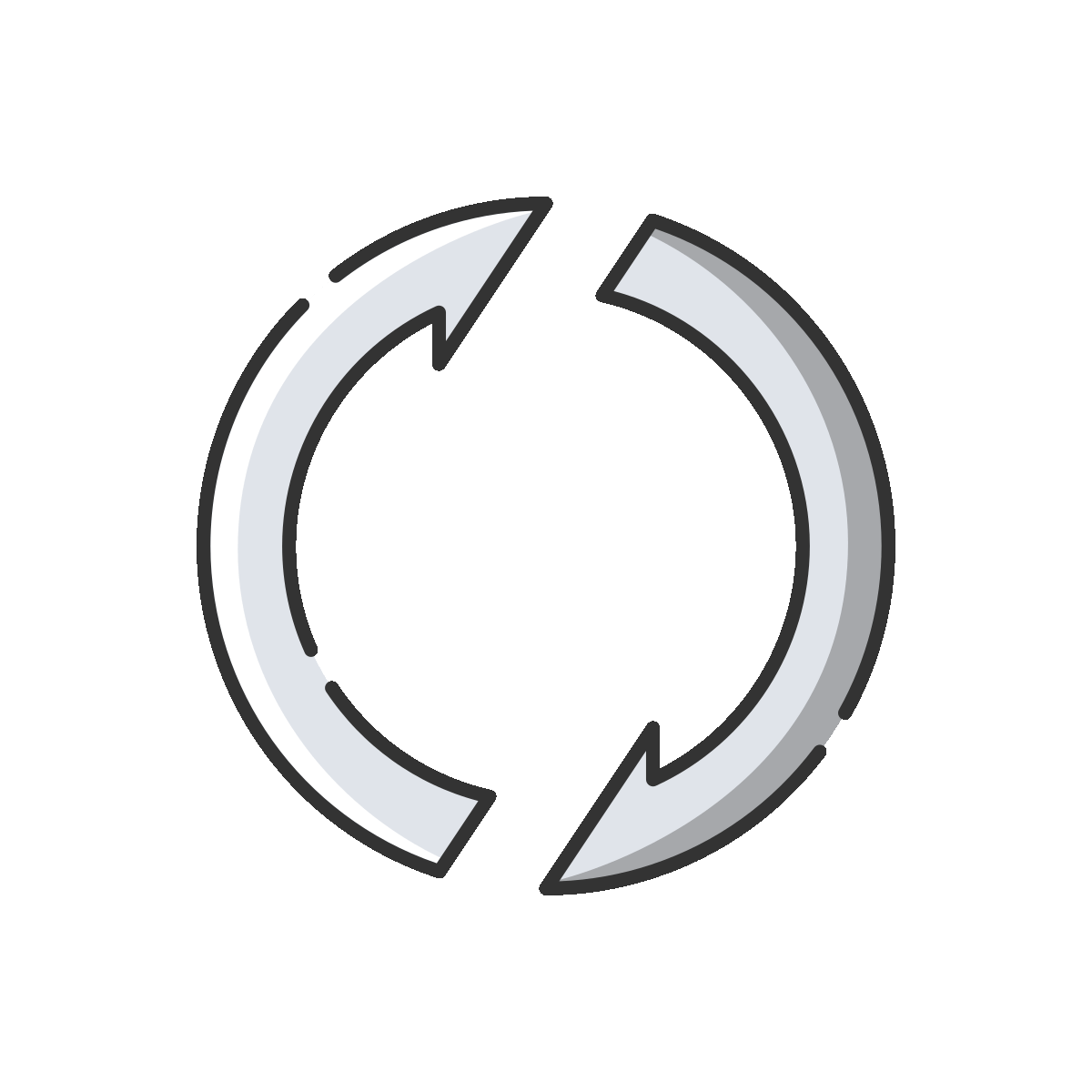
Opportunity
The former Pease Air Force Base (Pease) in Portsmouth, New Hampshire, USA was the site for fire-training activities for the State of New Hampshire for several years. Aqueous Film Forming Foam (AFFF) was used in practice events, eventually working its way into the regional aquifer. The two primary per- and poly- fluoroalkyl substances (PFAS) compounds found at the site are perfluorooctanoic acid (PFOA) and perfluorooctane sulfonate (PFOS) at combined concentrations above the United States Environmental Protection Agency’s (USEPA) Health Advisory Level (HAL) of 0.07 micrograms per liter (µg/l). In 2014, The United States Air Force Civil Engineering Center (AFCEC) began conducting on-going response activities to remediate groundwater impacted by PFAS at Pease. AFCEC moved quickly to begin evaluating sustainable treatment technologies.

Challenge
The 50-100 ppb influent concentration of total PFAS found in the groundwater presented major challenges for conventional treatment technologies. At the time, Granular Activated Carbon (GAC) was understood to be the most effective PFAS treatment technology. AFCEC installed a GAC system to begin cleaning up the aquifer but quickly ran into significant operational challenges. The downside to this solution was the large amount of spent GAC waste created during site remediation activities. Each vessel only lasted 2-3 weeks before requiring a changeout. A new solution would have to be studied, installed, and operated to effectively clean up the contamination in this aquifer. AFCEC knew they would run into this problem across the country, so they wanted to evaluate alternative solutions that could be applied at various sites nationwide.

Solution
AFCEC responded by contracting with the Wood Group PLC to conduct a side-by-side pilot study to compare the performance of Emerging Compound Treatment Technologies (ECT2) A3F regenerable ion exchange resin (SORBIX™ RePURE) and bituminous GAC. The pilot study targeted groundwater remediation at the site with the following objectives:
- Demonstrate that both SORBIX A3F Resin and GAC can remove PFAS below achievable laboratory quantification limits and, therefore, USEPA HALs for PFOS and PFOA;
- Determine the breakthrough curves and removal capacities for PFAS in both SORBIX A3F resin and GAC; and,
- Demonstrate in-place regeneration of SORBIX A3F resin to near-virgin PFAS removal performance.
Based on the superior PFAS removal and lifecycle cost advantage demonstrated by SORBIX RePURE A3F regenerable ion exchange resin, AFCEC moved forward with a full scale SORBIX RePURE plant to treat PFAS and regenerate media in place on site.
SORBIX RePURE is a patented regenerable ion exchange process that significantly reduces the waste footprint leaving a site. In this process, SORBIX A3F Ion Exchange Resin removes PFAS from the water passing through the vessels. Over time, PFAS begins to leak from the lead vessel into the lag vessel, at which point a regeneration event is triggered. PFAS is then stripped off of the SORBIX RePURE A3F Resin using a proprietary regenerant solution. This solution is then recovered using distillation and placed back into service for the next regeneration cycle. This process is extremely sustainable in terms of maximizing material reuse and minimizing waste generation. Additionally, the closed loop design of the regeneration process prevents PFAS from being emitted into the atmosphere.
Design, installation and startup of the full-scale SORBIX system was completed in the spring of 2018. To date, the system has treated more than 105 million gallons of PFAS impacted water with an average influent PFAS concentration of 48 µg/l. No PFAS waste has been taken off site since startup – current estimates indicate that the system is operating at an approximate concentration factor of one million to one. This one million to one ratio means that with a million gallons of water treated, approximately one gallon of solid waste is generated. This is due in part to another proprietary step in the treatment process called SuperLoading™. SuperLoading is a patented process that ECT2 developed that further concentrates the PFAS recovered during the regeneration and distillation processes.
Not only has the new technology deployed by AFCEC produced excellent results in terms of PFAS removal and waste minimization, it has provided the industry with a demonstrated, sustainable PFAS removal technology capable of consistently achieving non-detect results.
